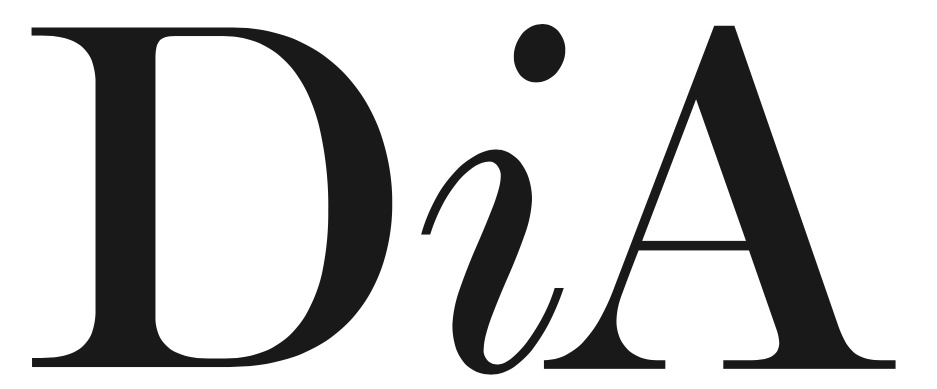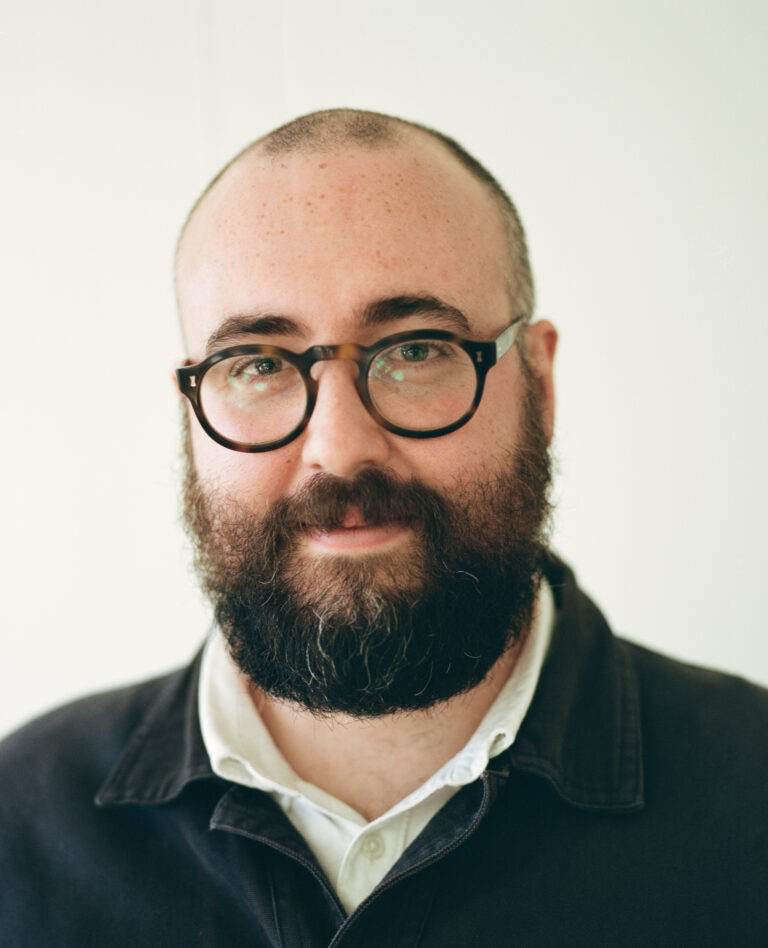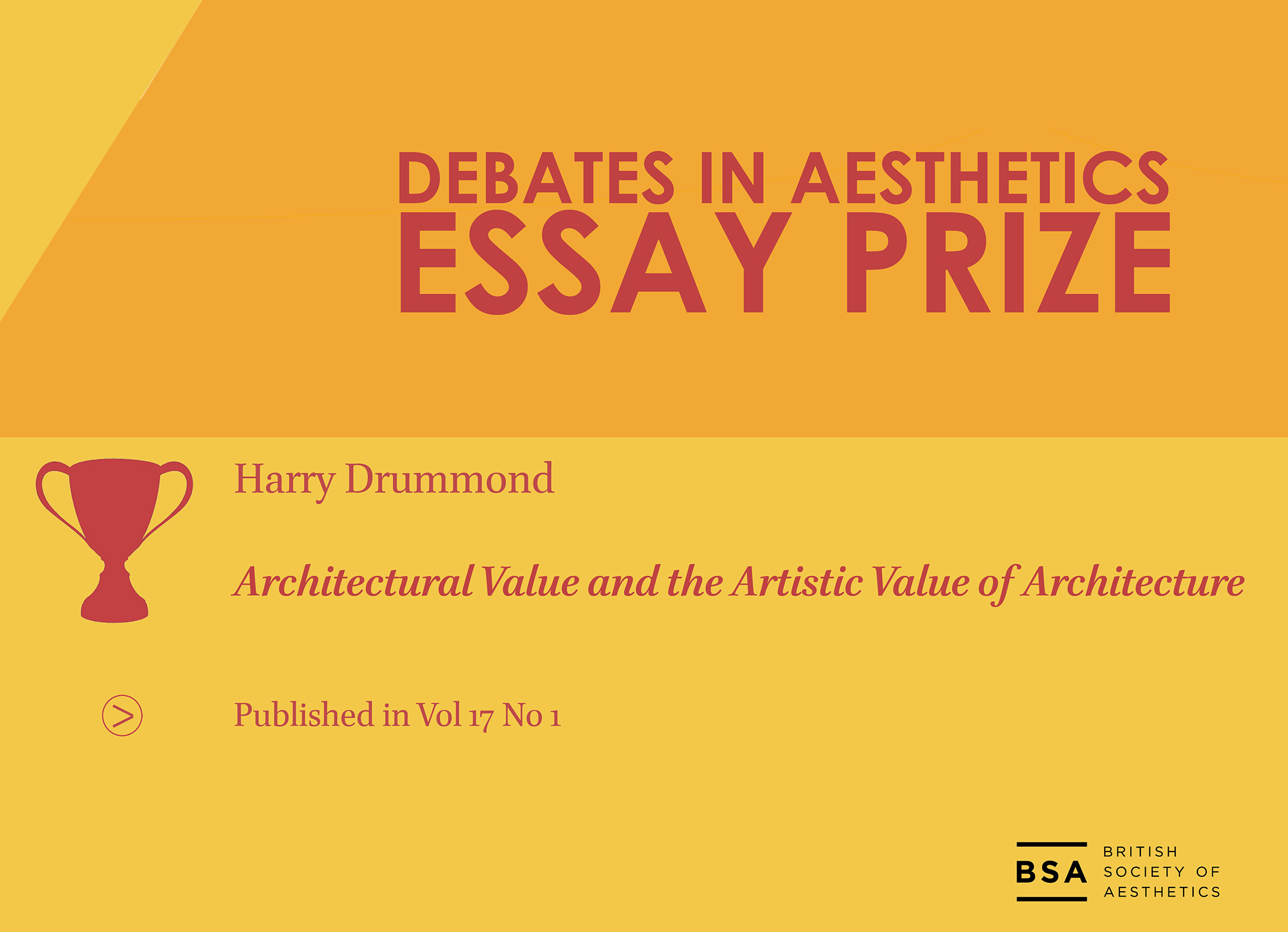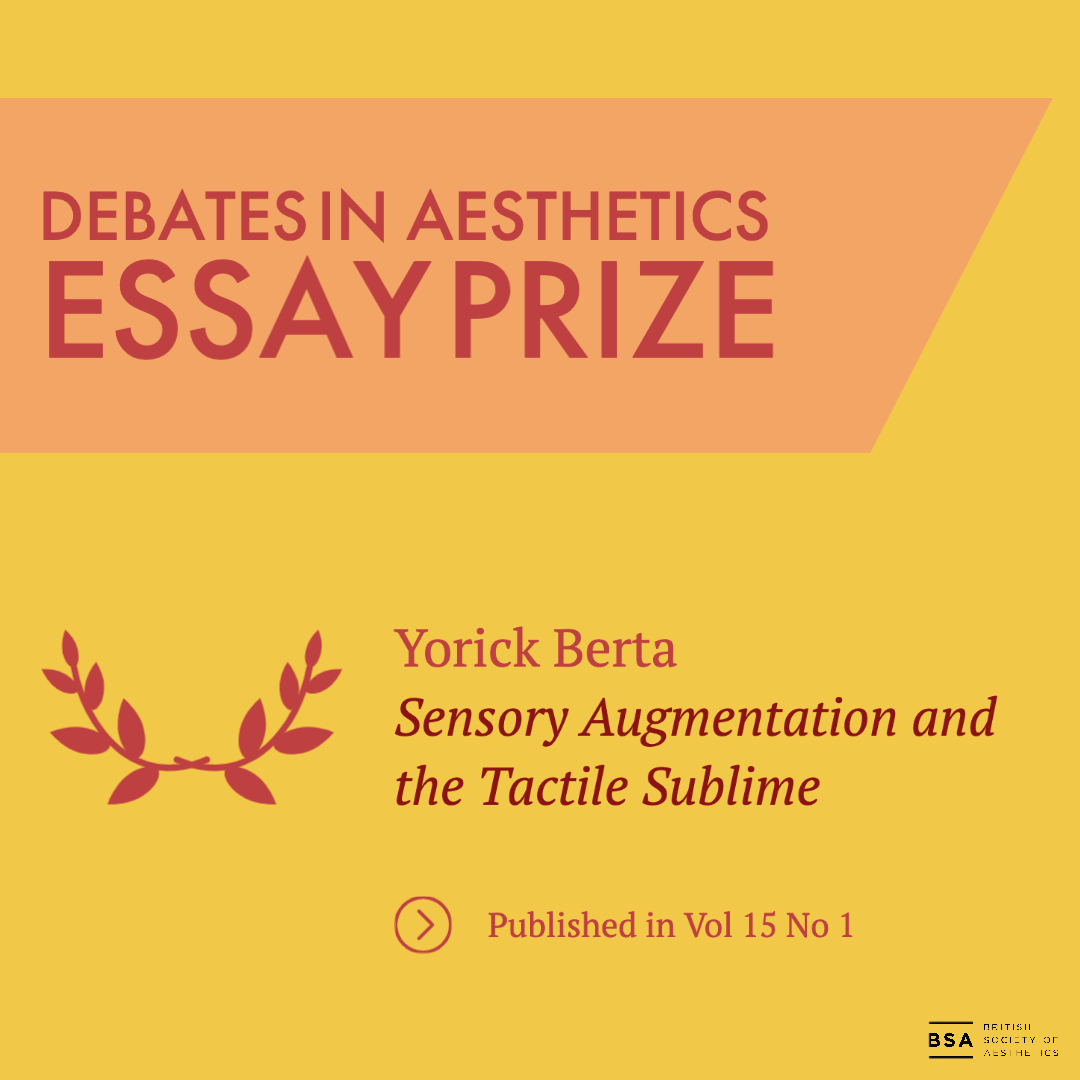The editors of the journal Debates in Aesthetics are pleased to invite submissions for our next Special Issue on the topic of beauty and taste (Vol. 19.2).
Beauty and taste are central concepts within aesthetics. There has been an upsurge of interest in returning to both concepts and considering how they feature in not just our engagements with the arts, but also in our aesthetic appreciation of everyday artifacts and activities, natural and built environments, bodies, moral character, and intellectual pursuits (Mothersill, 1984; Scarry, 1999; Nehamas, 2007; Parsons and Carlson, 2008; Scruton, 2009; Lopes, 2018; Riggle, 2022). However, even with increasing interest, concerns continue to surface regarding the relationships between judgements of beauty and other kinds of aesthetic judgements, whether pursuing beauty should have any privileged role in the development of taste in our aesthetic lives, and how exactly beauty interacts with pursuing goodness, knowledge, and justice.
This special issue aims to advance our contemporary understanding of the concepts of beauty and taste. We have welcomed Dr Panos Paris (Cardiff University) to contribute a target article, ‘Which Beauty? What Taste? Reflections on the Importance of the Philosophy of Beauty and Taste’. We are inviting short articles of two kinds. First, we invite articles that respond directly to the arguments raised in Dr Paris’s article. Second, we also invite articles that relate more broadly to the topics of beauty and taste.
All submissions must be short essays of no longer than 3,500 words (excluding footnotes and bibliography) and should be emailed to editor@debatesinaesthetics.org.



